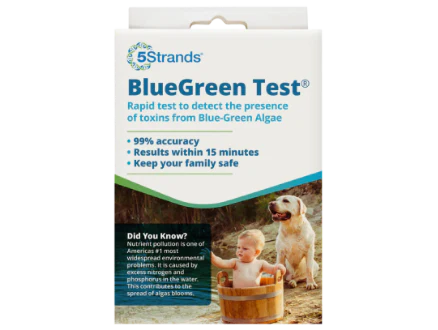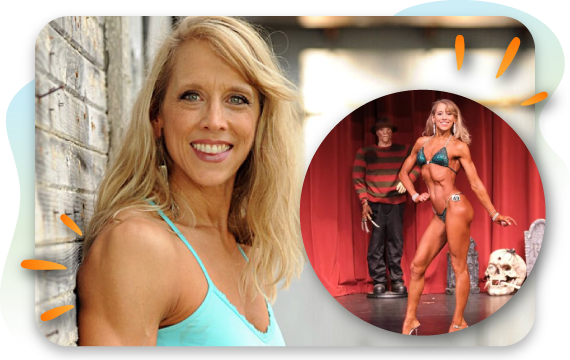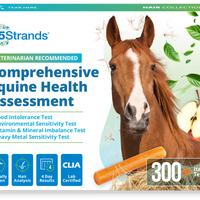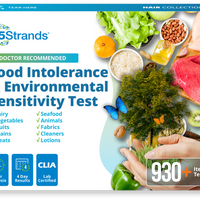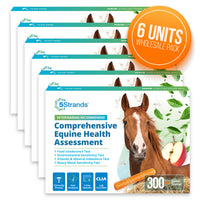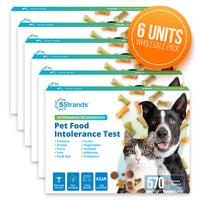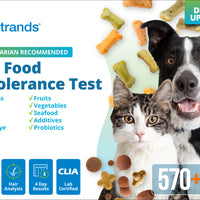Intolerance Testing for the Elite Over 50 Club
I recently had the privilege to talk to a wonderful women by the name of Michele Ackerman. Michele has been in the fitness world for over 20 + years. As she is currently now in the elite over 50 club, she is the living testament that you are never to old to take your health, nutrition, and fitness to the next level.To many people think they are doing just great on their own and are eating healthy and clean diets along with training and muscle building. However, as we should all know by now, eating healthy is individually subjective! That is where having an open mind comes into play and Michele is that kind of women. She is always looking for ways to better herself. She found our testing process and is so enthusiastic about the benefits of implementing the results that she has now joined the team and will be sharing and selling the product to friends, family, and other people in the fitness world.
I would like to share an interview with Michele to share some of her personal information and what she thought about taking the test. I hope you enjoy the information and can learn from her. I know that she has given me motivation to jump back into exercise again!
Elaine: Michele, Can you tell me how you got started in fitness and competitions?
Michele: I competed in my first physique competition in 1993 when I was 30 years old, as a bodybuilder. It was a dismal failure. After employing the keto diet typically used by bodybuilders, my 5’ 7” frame weighed a mere 112 pounds, not the kind of physique that wins bodybuilding shows.
I assumed physique competitions were out of the picture for me until this thing called “figure” came along about 10 years later. The ideal appearance is athletic — not too much muscle and not too lean. Friends from the gym convinced me to give it a try. So, at 41 years of age, I took the stage again as a figure competitor in 2004 at the National Physique Committee (NPC) Peggy Sue Classic.
This past year, I transitioned from figure to the “bikini” division. Though my physique has changed very little over the past 15 years, the sport has. Every division — women’s physique (formerly called bodybuilding), figure and bikini – has become more muscular in appearance. I believe I can now be more competitive at a higher level in the bikini division than figure.
Elaine: How many competitions have you competed in and how did you place?
Michele: I have competed in about 20 different shows in several bodybuilding federations over the years. Most of my competitions have been in the NPC, but I have also competed in the National Gym Association (NGA) and the Drug Free Athletic Coalition (DFAC). I have competed in primarily regional shows, but also competed at the NPC Masters Nationals in 2016.
Some of these shows are tested for performance-enhancing drugs (PEDs); others are not. NGA and DFAC use urine tests and polygraph to ensure athletes are clean. I have taken a hard stance on PEDs from the beginning. I want people to get a realistic impression of what the human physique can be, without the use of drugs.
Regarding placings, I always say: if you compete long enough, you’ll stand at the top of your class and at the bottom, especially if you stretch yourself and move to the next level. Often, I learn the most from my disappointments. I have yet to tie it all together and present my perfect package. But I learn every time I step on stage and am getting closer!
I have won classes at the NPC Natural Cincinnati (2014), NPC Natural Northern (2015), DFAC Cardinal Classic (2015), NPC Natural Kentucky (2017), NPC Elite Physique (2018), NPC Natural Northern (2018) and NGA Monster Mash (2018)
Elaine: How did you hear about our Intolerance Testing?
Michele: I heard about Intolerance Testing from a fellow bikini competitor who had worked in the Intolerance Testing booth at the Arnold Classic in 2018.
Elaine: What made you decide to try our Intolerance Testing?
Michele: My friend was very successful in reducing core inflammation after she made diet changes based on her Intolerance Test results. I knew the primary change for her prep this year was diet and was amazed at the changes in her physique, so thought I’d give it a try.
As well, I was having challenges losing weight during competition prep and suspected foods I was eating before my competitions contributed to bloat on stage.
Elaine: What did you think about the test results?
Michele: The test is one of the best investments I have ever made in my health, not just for physique competitions but for my overall health too. I consider the results to be Michele Ackerman’s specific blueprint for better health. I will retest again in about nine months to assess how changes in my diet impact results.
Elaine: Was it difficult to implement in your routine?
Michele: It was not a challenge for me to implement a new routine, largely because of my stance on food and because I have been meal prepping as part of my routine for many years. I view food first and foremost as sustenance and then as pleasure. Sure, I want to eat food that tastes great, but it needs to meet goal-one first.
My strategy was to take out everything — and I mean everything — on my list and see where I stood five weeks out. It took me about 10 days to phase out every “no” on my list (level 3, level 2 and level 1). I frequently visited the Intolerance Test website to determine what foods were tested and could be in my diet and learn where food additives (E series) are commonly found. I developed a grocery list of can-do foods to help with shopping.
I also switched up my supplement program. I stopped taking a multivitamin because I was deficient for some nutrients (vitamin C, vitamin E, vitamin B7 and others) and near toxic for others (iron, magnesium). I now purchase vitamins and amino acids of which I am deficient separately and try to address deficiencies naturally through food in hopes of better absorption. I also stopped eating food packaged in tin because tin was listed on my heavy metals test.
Elaine: Do you have any tips to offer?
Michele: For this to work, I feel you need to be open-minded. When I sent off my hair samples, some asked, “What will you do if you find your favorite foods on the list?” I told them I would be thrilled to find suspect foods. What I did not expect was the extensive list I got. Though my diet was squeaky clean by most standards, nearly two-thirds of what I was eating was being rejected by my body – solid, nutritious foods, just not ideal for me and likely over-consumed.
So, some of my favorites had to go (wheat, oats, pineapple, apples, whey protein, citrus and sugar of ALL forms and more). But, there are tons of foods I CAN eat (peanut butter, dates, peaches, pears, rice, chicken, cheese, eggs and more). I didn’t mourn the loss of some of my favorite foods, but rather celebrated the fact that I have a tool that can help me develop my own plan for better health.
Another aspect of test I appreciate is that it doesn’t throw the baby out with the bath water. Often people assume they are gluten or lactose intolerant. For me, the test revealed specific dairy foods and grains that are problematic. Though I am sensitive to cream, sour cream, whey and butter, I can tolerate milk and cheese. I have substituted spelt and rice flour for the wheat and oat flour I had previously used in baking.
Some also ask if I will be adding foods from my no list back into my diet when I’m not competing. Not a chance! I feel so much better that I have no desire to put them back in.
Elaine: Did the test results help you to feel better and did you see any results?
Michele: By making changes in my diet, I feel “lighter” overall, with less bloating in my abdomen and less inflammation in a knee that has caused me problems over the past two decades. I also lost a couple pounds when I made changes initially.
As well, for the first time since I have been competing, I am able to see my oblique muscles run the entire length of my mid-section. I attribute this to diet changes since this was the single biggest change I made this year.
Elaine: Do you think the Intolerance testing will help other people in the fitness world?
Michele: I believe the Intolerance Test can help others in the fitness world. It often takes multiple shows, testing different diets and foods to determine the best way to “peak” for a show. Everyone processes foods differently, and even the same person can process foods differently from show to show. In the years since I first competed, I have learned the keto diet is a no-go for me. I also learned that I can lose muscle mass eating tons of protein. I keep notes from season to season and consult them frequently in hopes of getting it perfect at some point.
Striking the right balance of protein, carbs and fat in the right amounts with the right level of activity is the challenge for each of us that steps on stage. Though there are dozens of different theories on pre-contest diets, I think the test can help to eliminate problematic foods from the onset. It can also help to address deficiencies, so an athlete can be running on all four cylinders.



